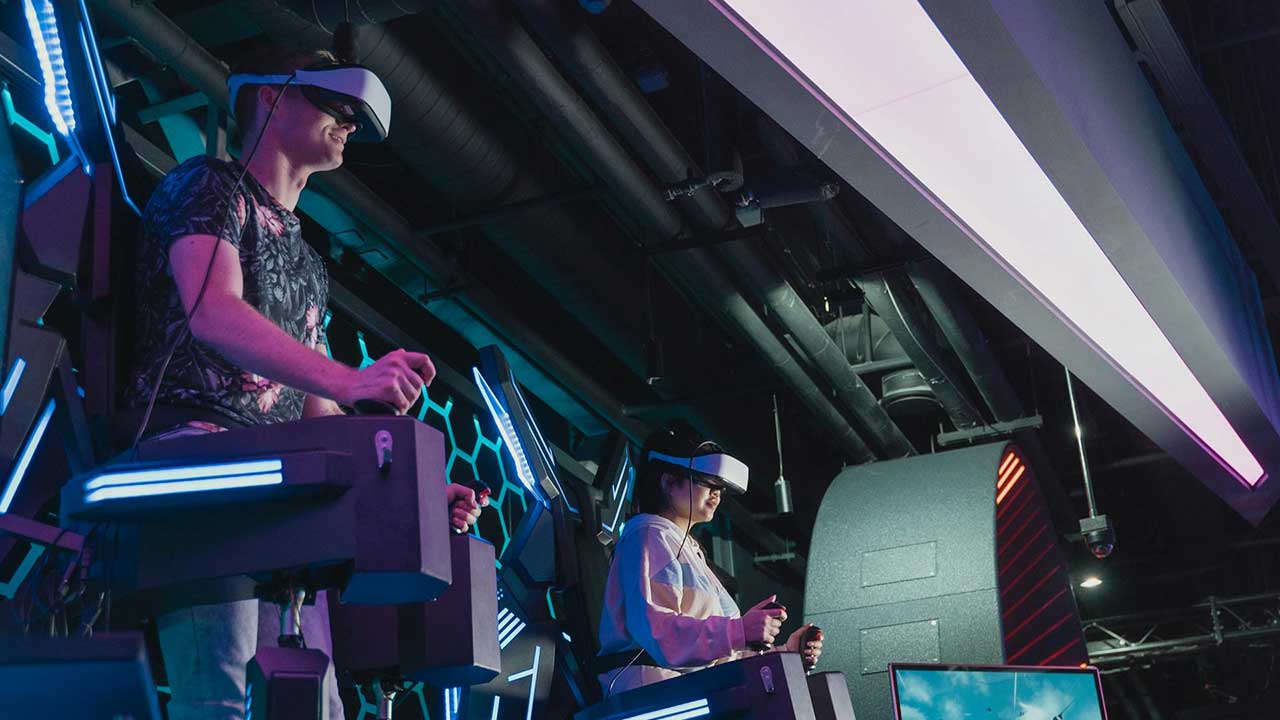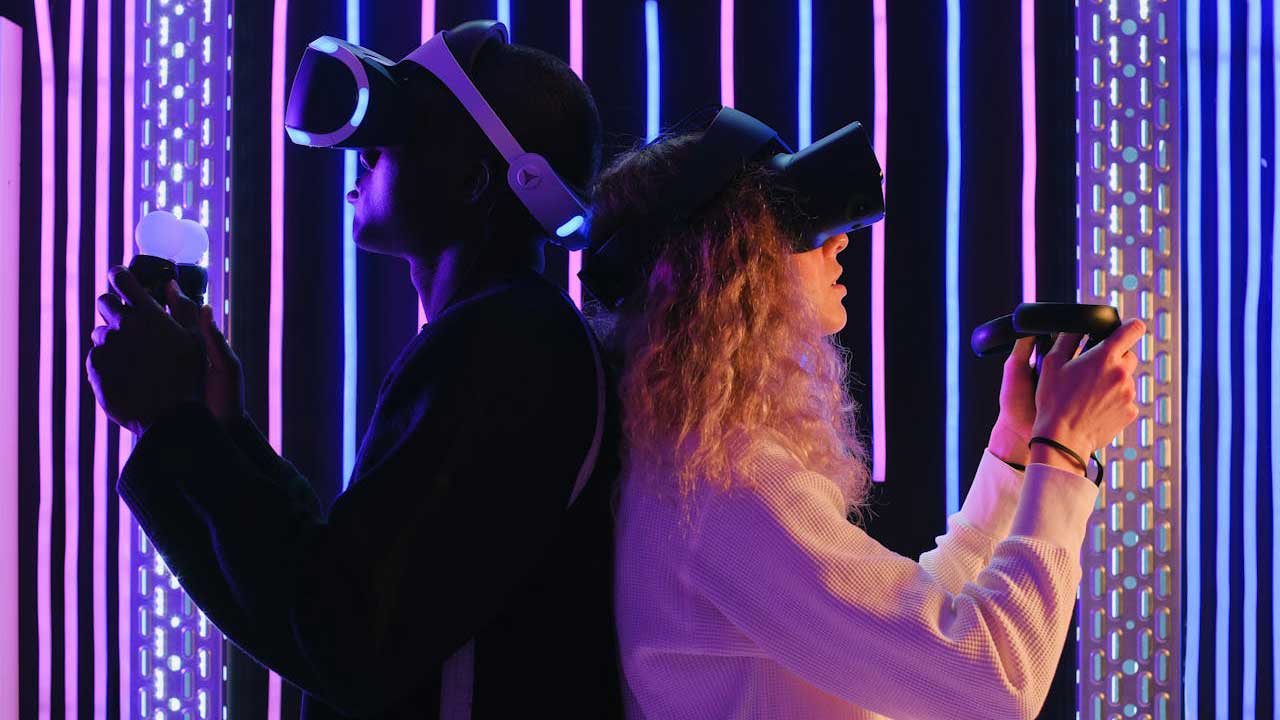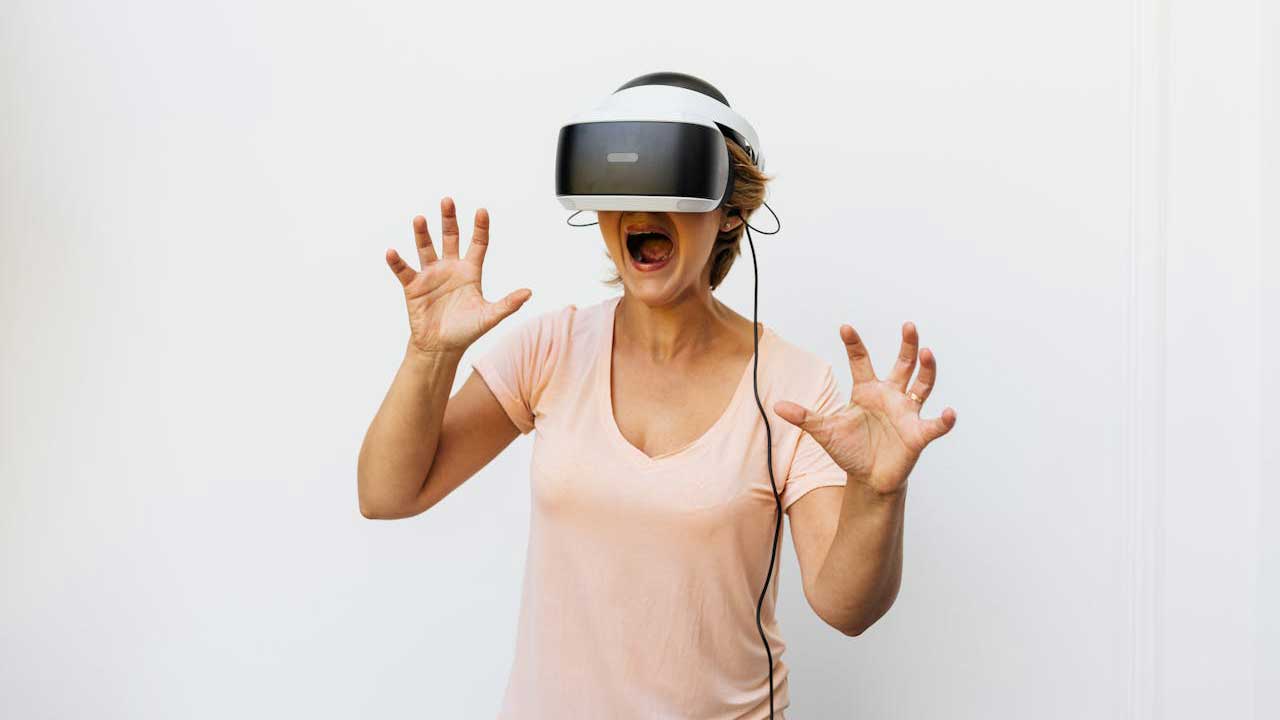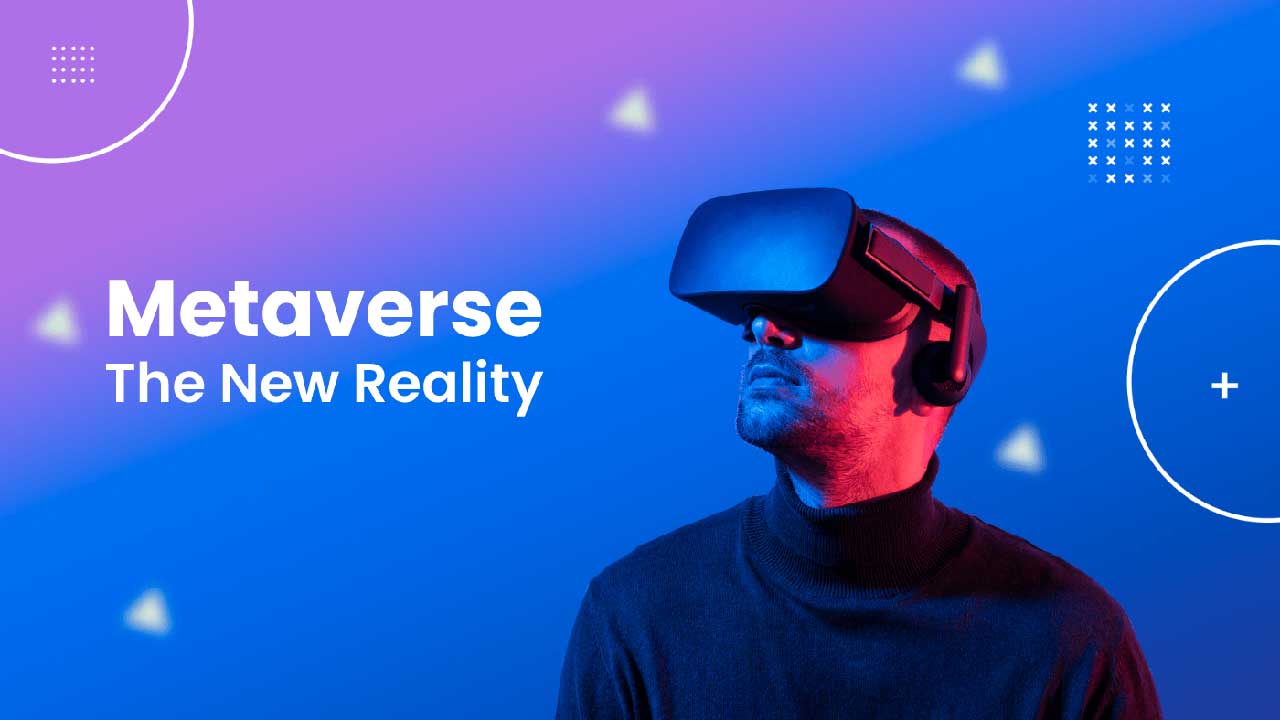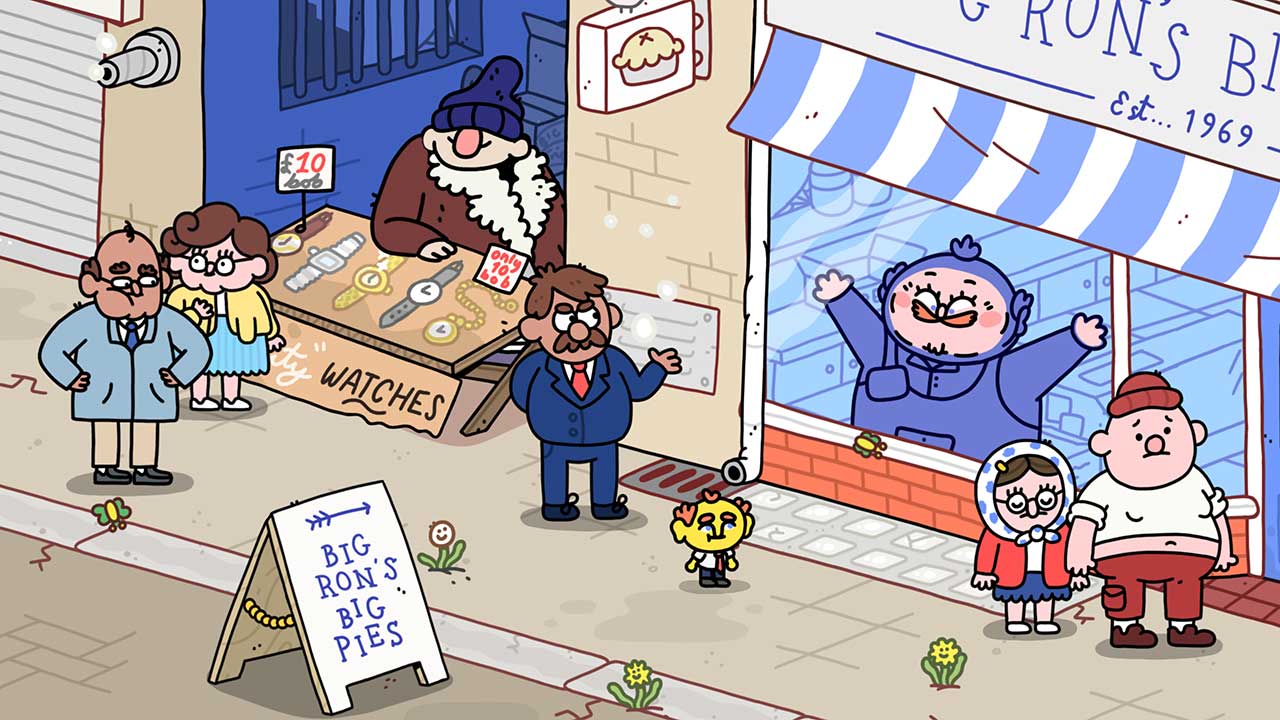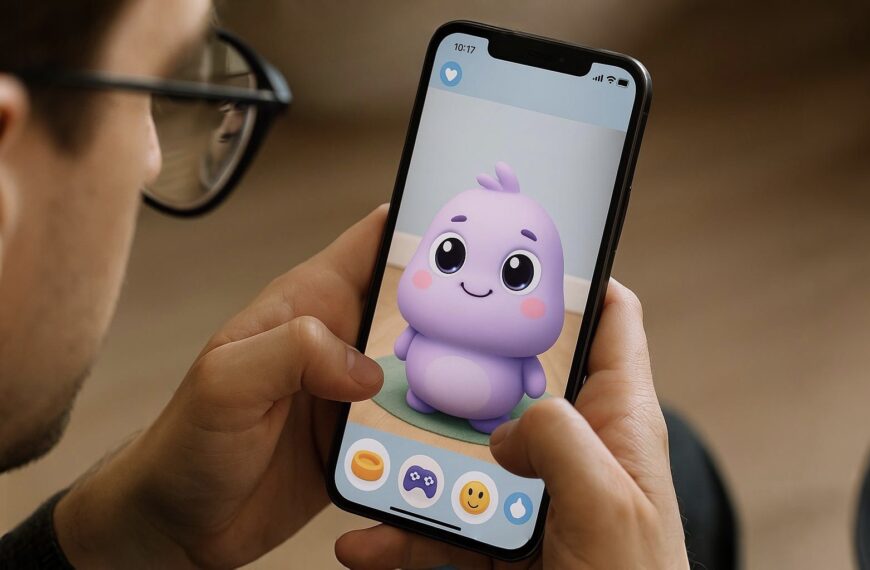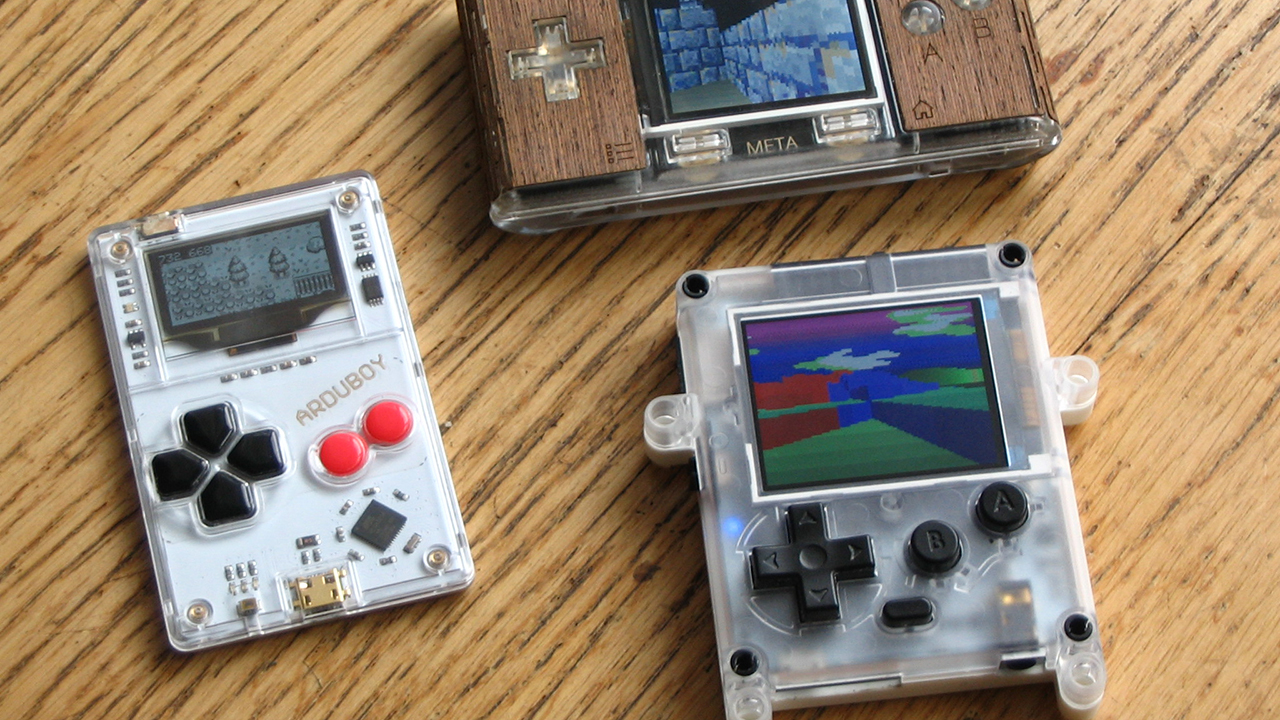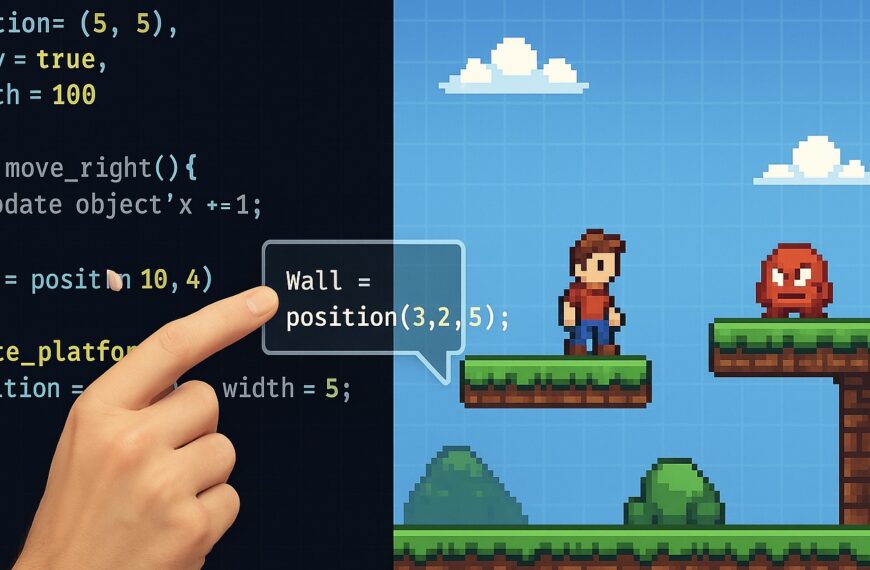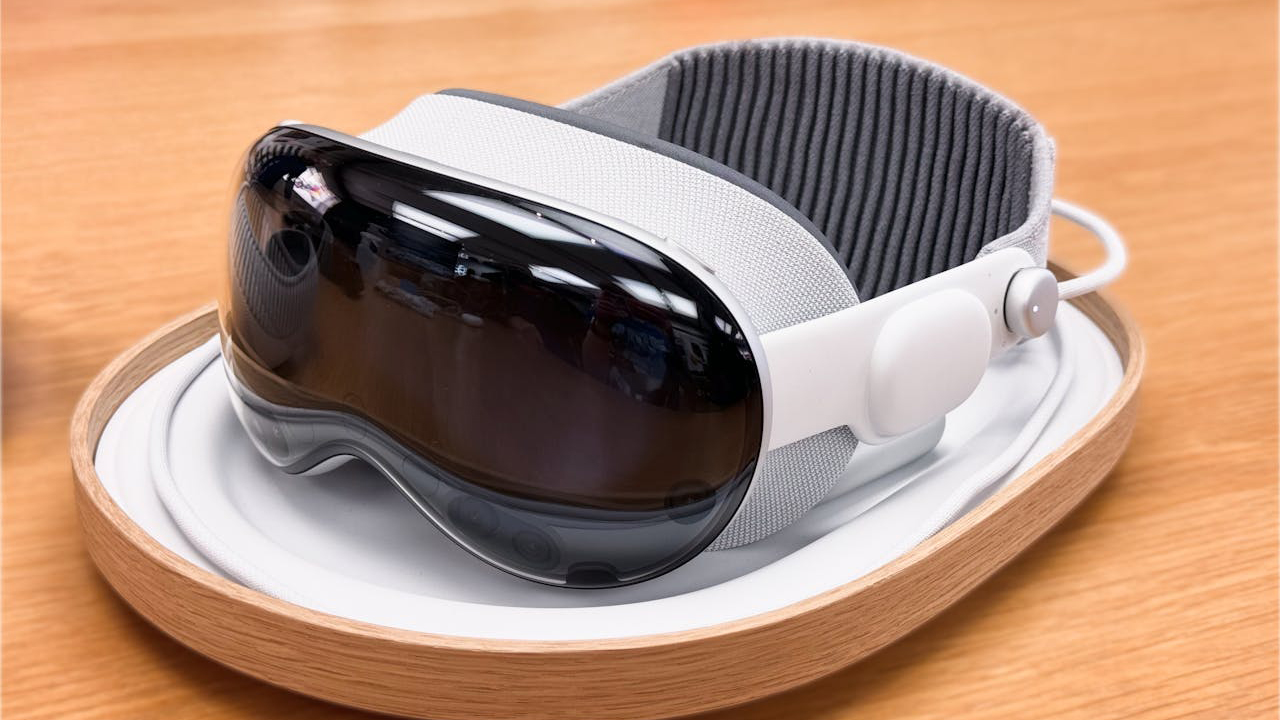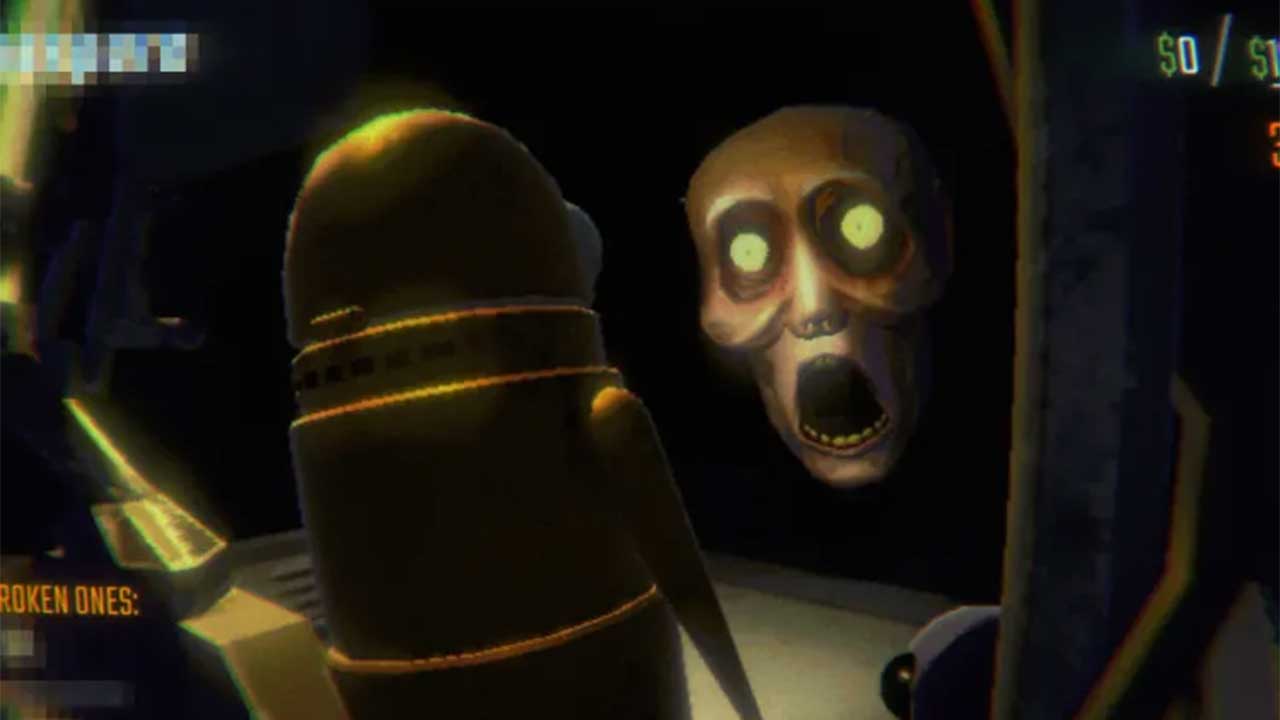Virtual reality has made massive strides—offering immersive experiences in gaming, training, education, and design. But one problem still holds everything back: VR can’t replicate physical touch. While visuals and audio have reached near-cinematic quality, haptics—our ability to feel and interact with virtual objects—remains painfully behind.
Understanding the Gap
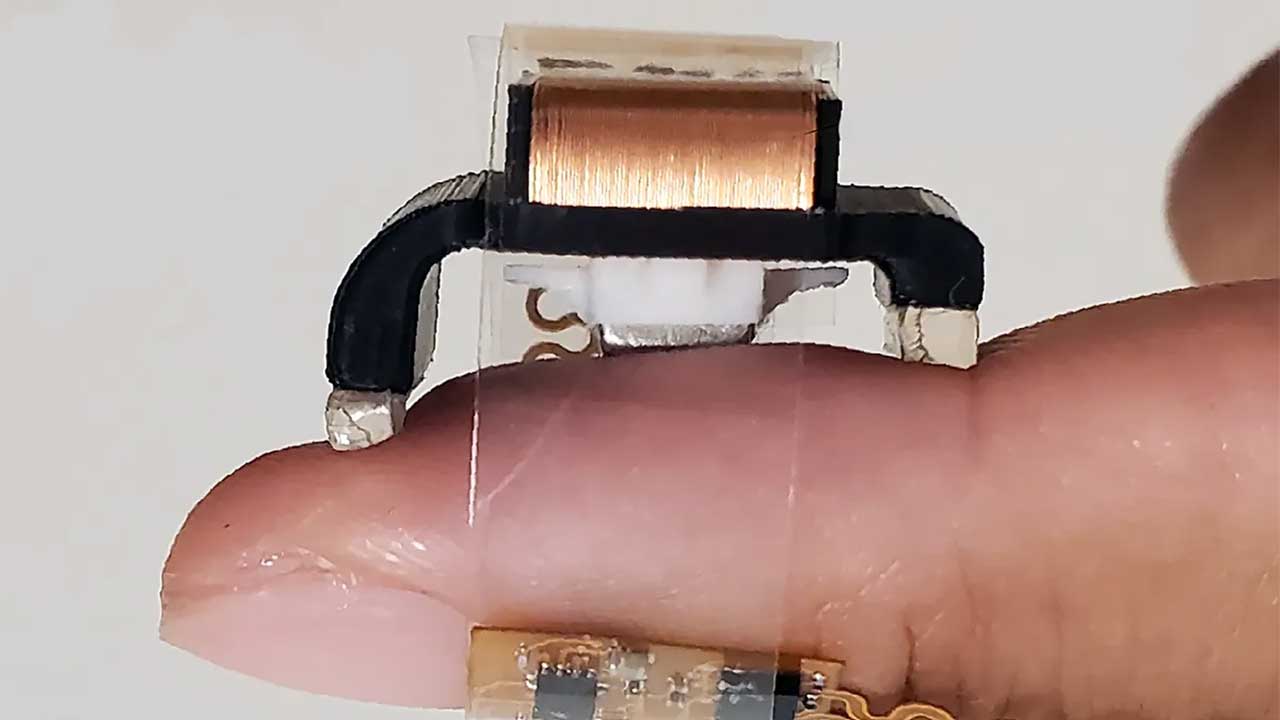
At the heart of the issue is the challenge of simulating weight, texture, resistance, and pressure in a convincing way. According to IEEE Spectrum, most of what we call “haptic feedback” today is just vibration—hardly close to real touch. True haptics would let you feel the click of a button, the texture of a surface, or the weight of a virtual object. Right now, that’s just not possible at scale.
Why It Matters
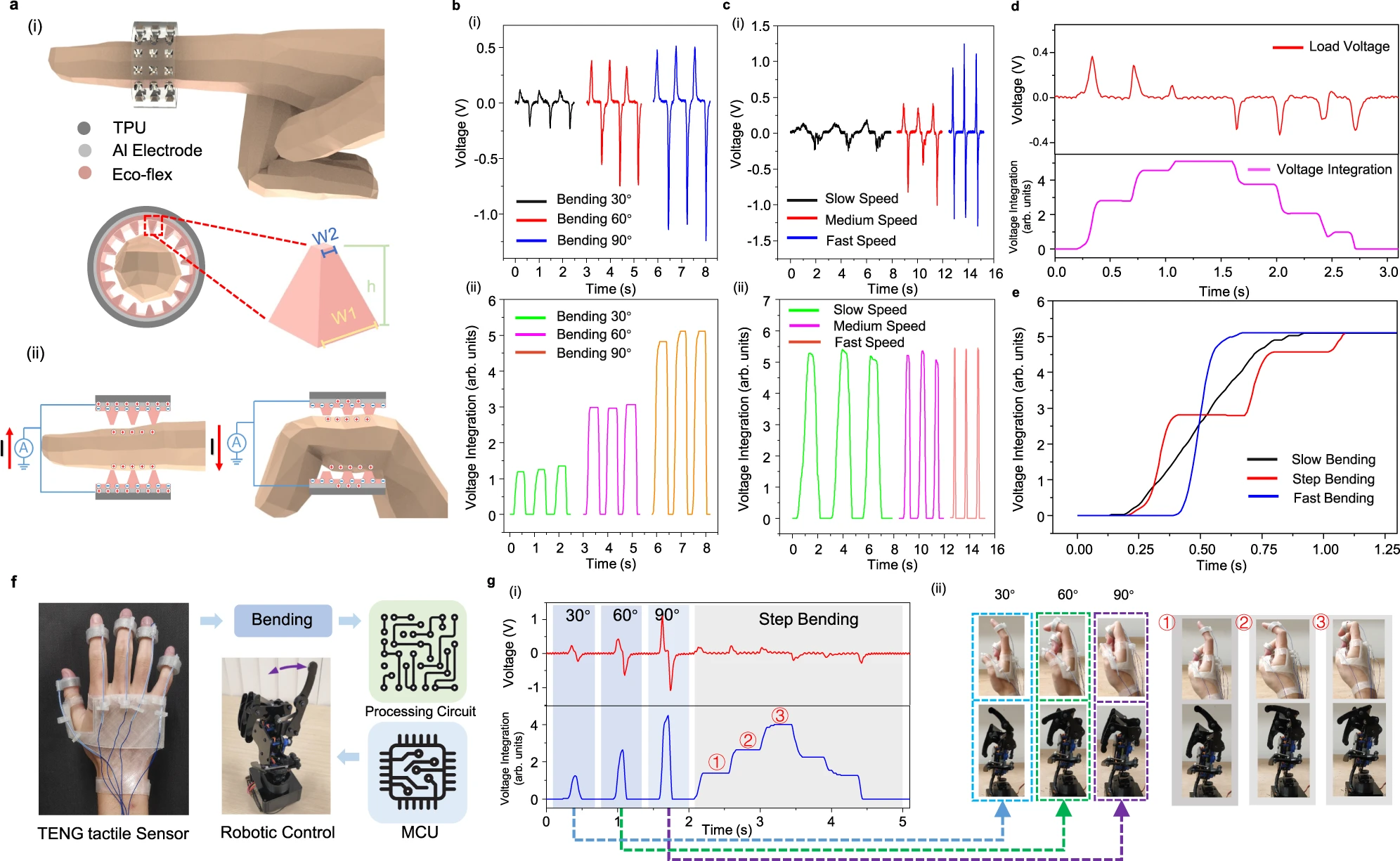
This isn’t just a gaming issue. In healthcare, the inability to simulate realistic touch limits the effectiveness of VR-based surgical training. In industrial design, it prevents engineers from accurately prototyping. Research published in Nature argues that without tactile immersion, VR risks stagnating—impressive, but not transformative. Without the ability to touch, VR remains a mostly visual medium pretending to be physical.
Who’s Trying to Solve It

Several companies and labs are investing heavily in solving this. Meta’s Reality Labs is experimenting with soft robotic gloves designed to simulate pressure and movement. Others are exploring electrostatic feedback, microfluidic actuators, and AI-driven haptic modeling. But these solutions are either still in the lab or too expensive and impractical for home use.
The Adoption Problem
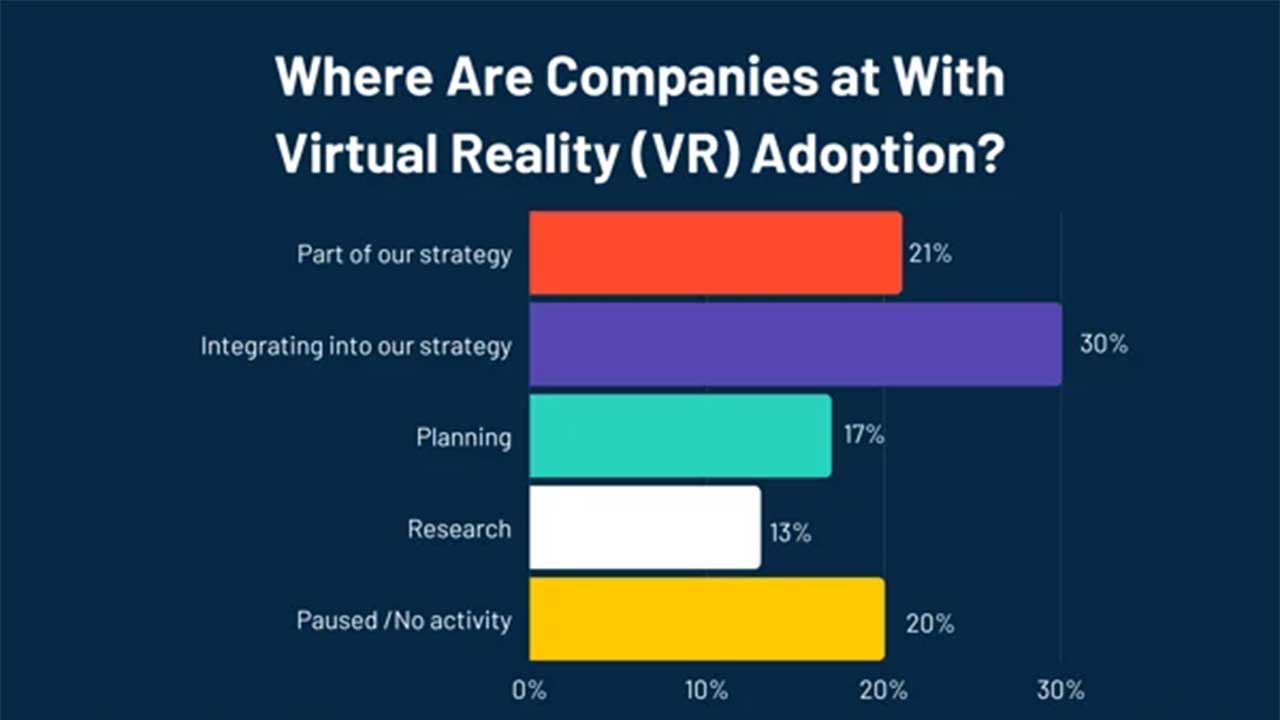
According to G2, there are already over 171 million VR users globally as of 2025. That number is growing fast—but haptic tech hasn’t kept up. For most users, even premium headsets offer nothing more than rumble motors and controller buzzes. Until the hardware evolves, mainstream adoption will be stuck in the same loop: VR is cool, but it doesn’t feel real.
What It’ll Take to Solve This
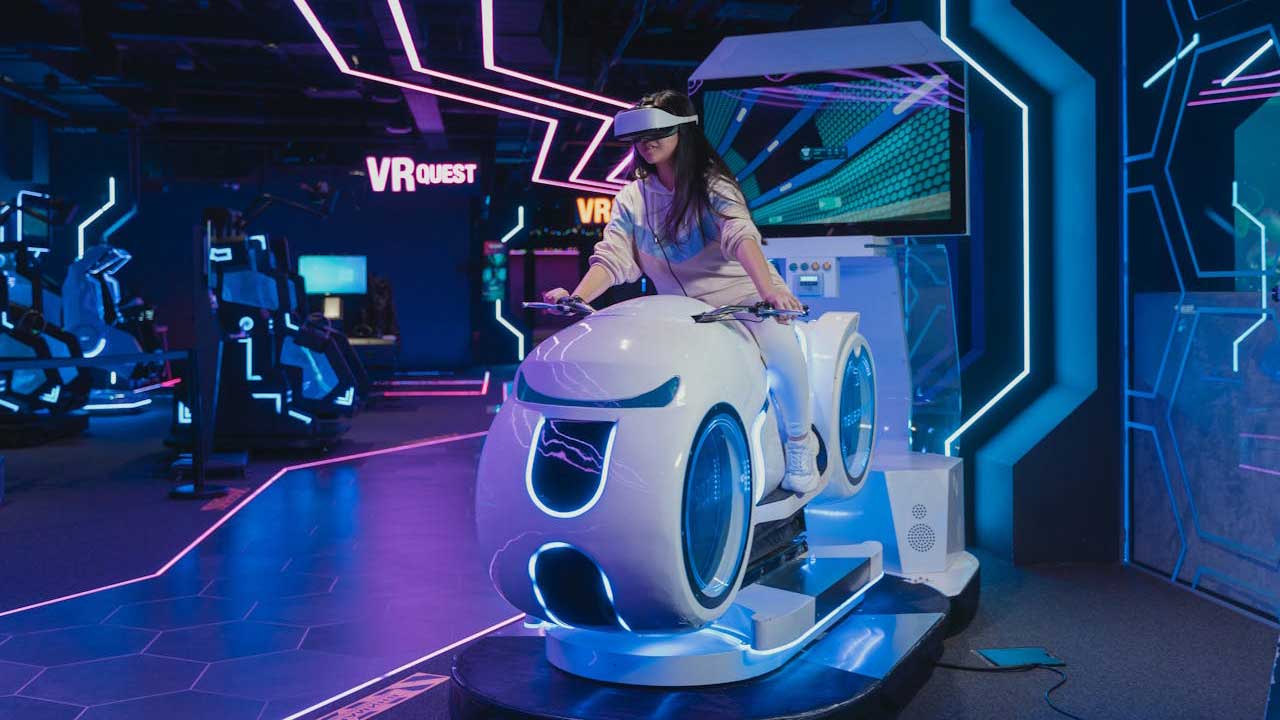
Cracking the haptics problem will require serious breakthroughs—in soft robotics, neural interfaces, and ultra-low-latency signal processing. It’ll also need to be affordable, wireless, and comfortable. Until then, we’re stuck looking at virtual worlds we still can’t really touch. VR’s biggest problem isn’t how it looks—it’s how it fails to feel.
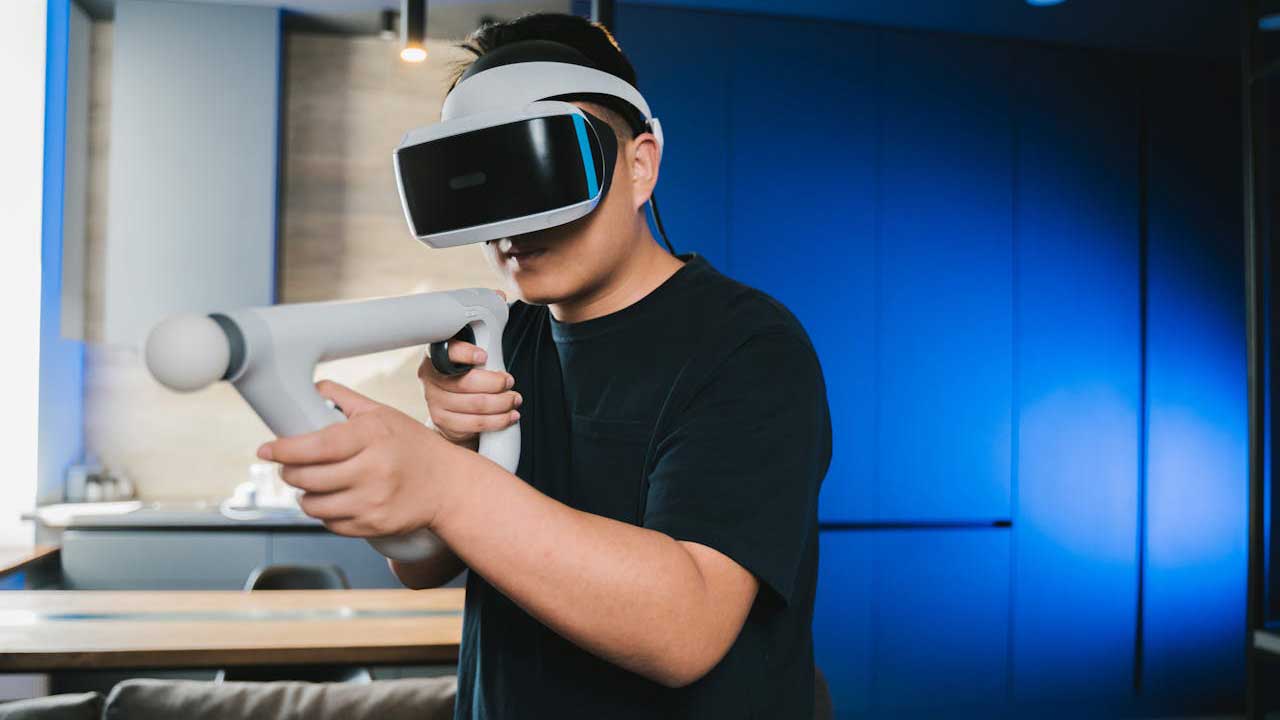
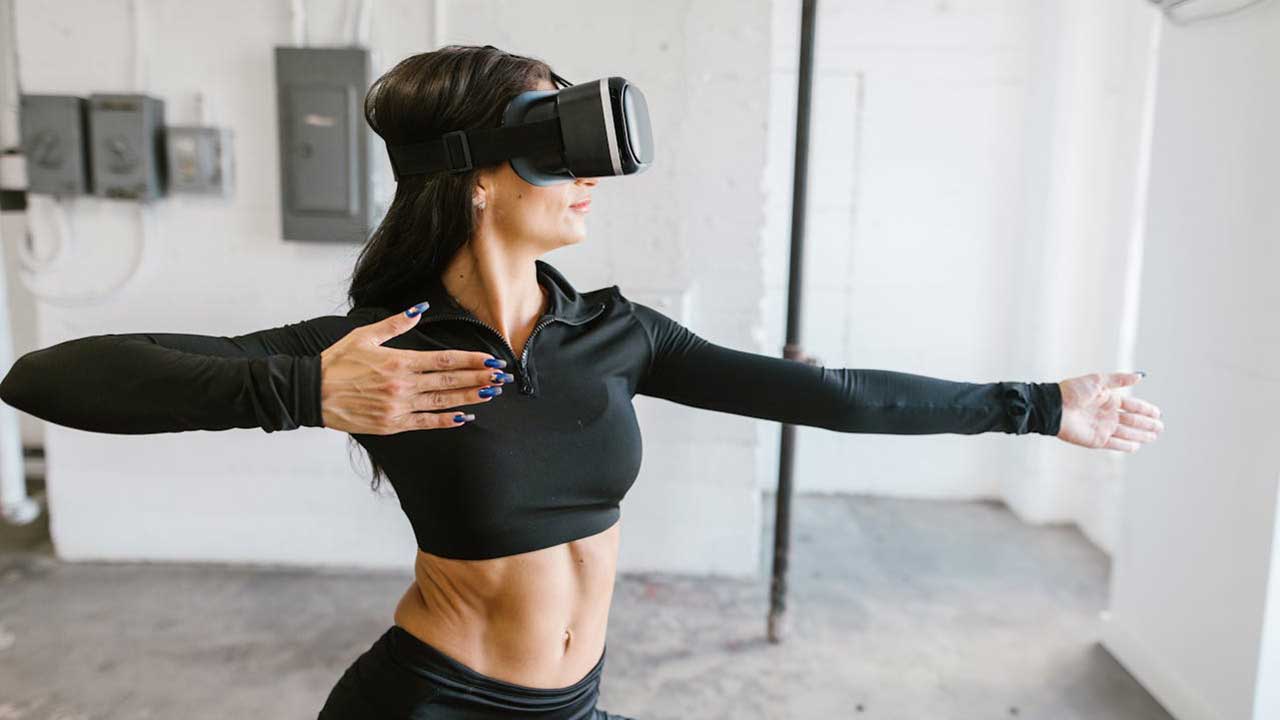
 By
By